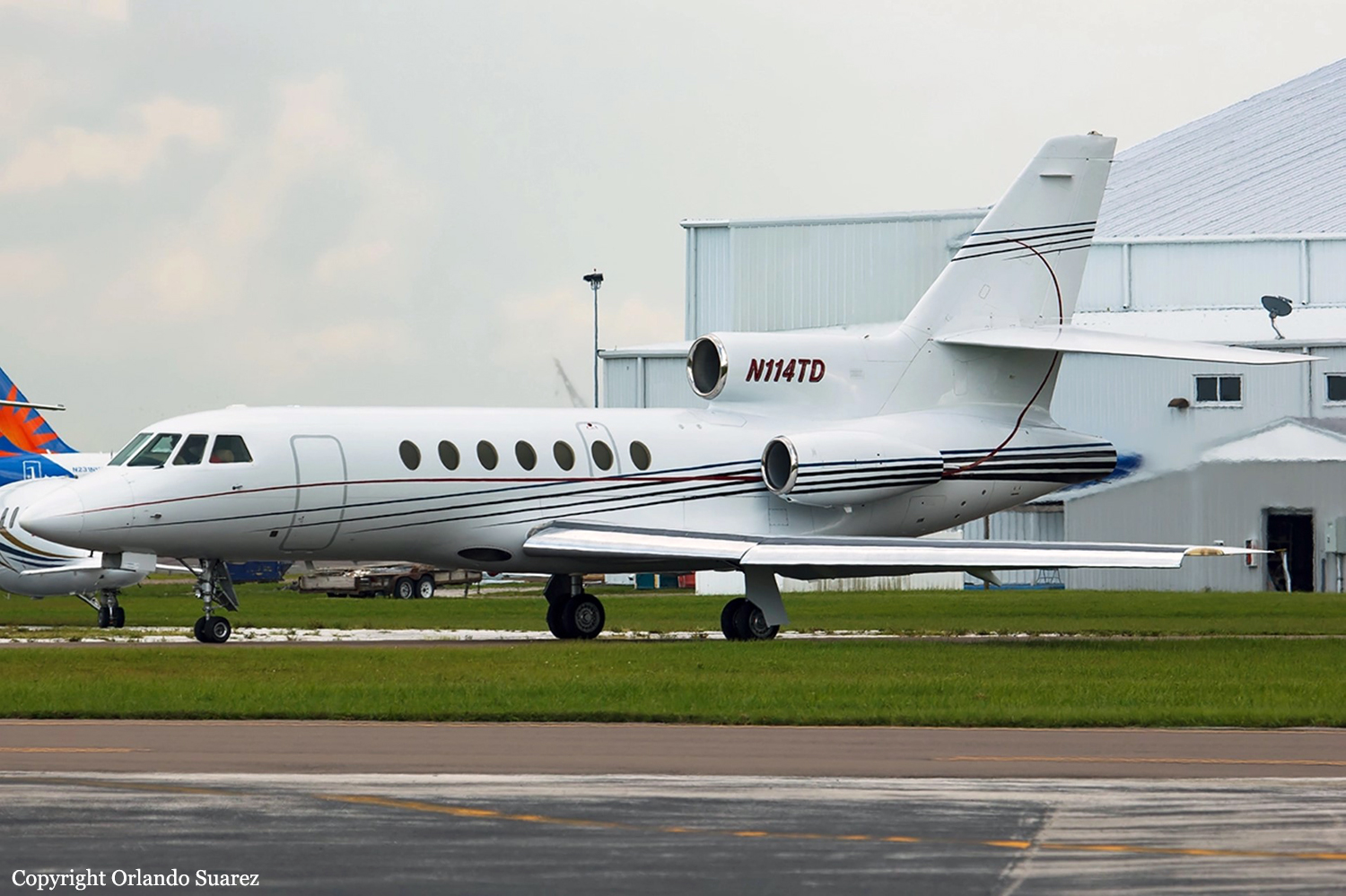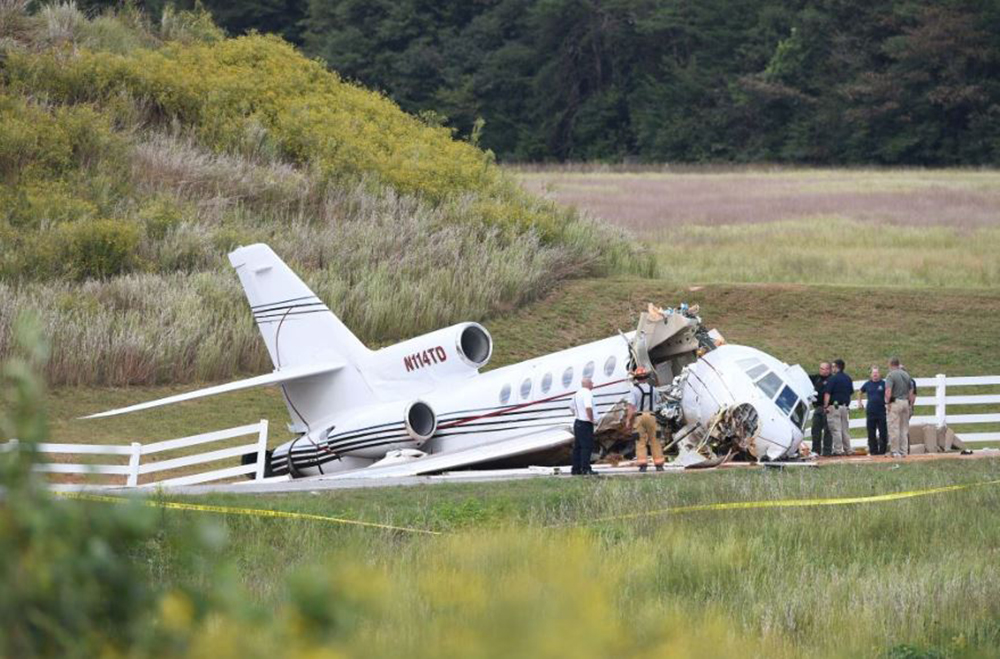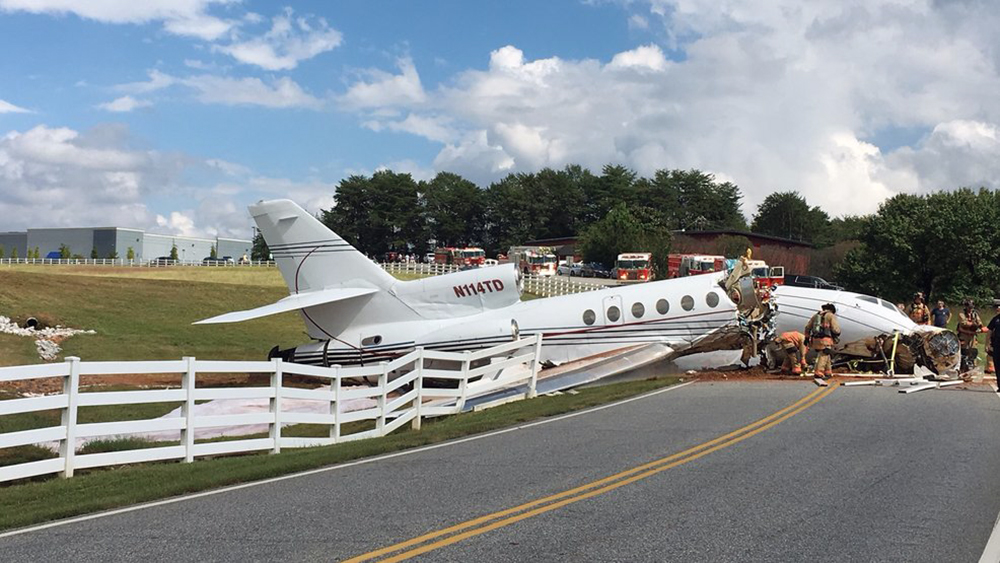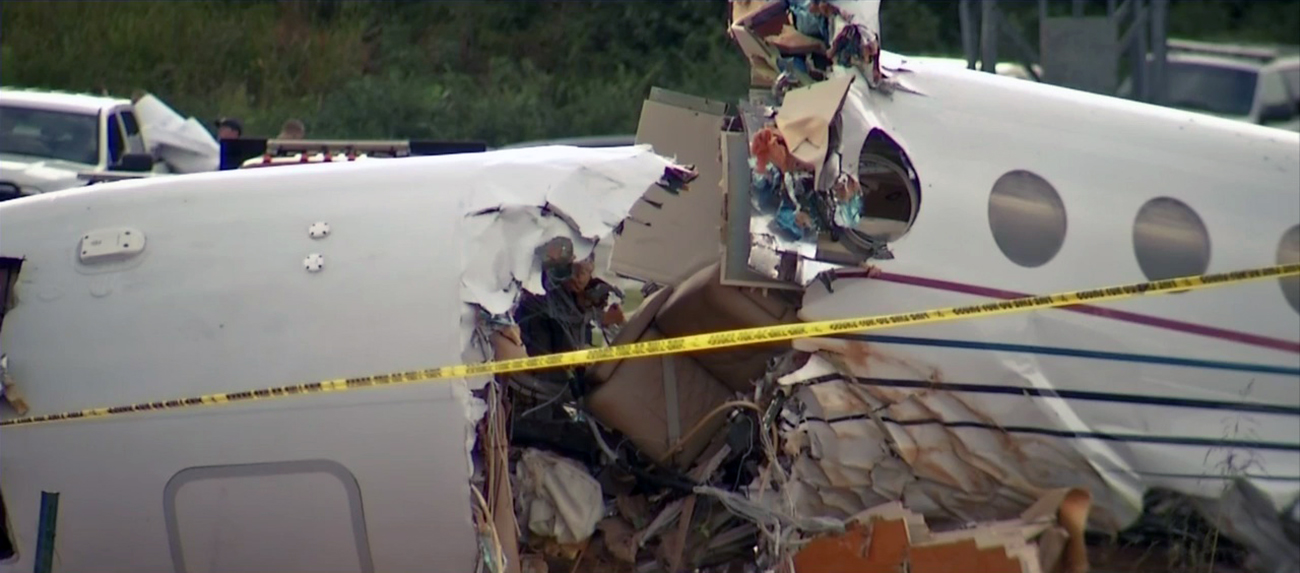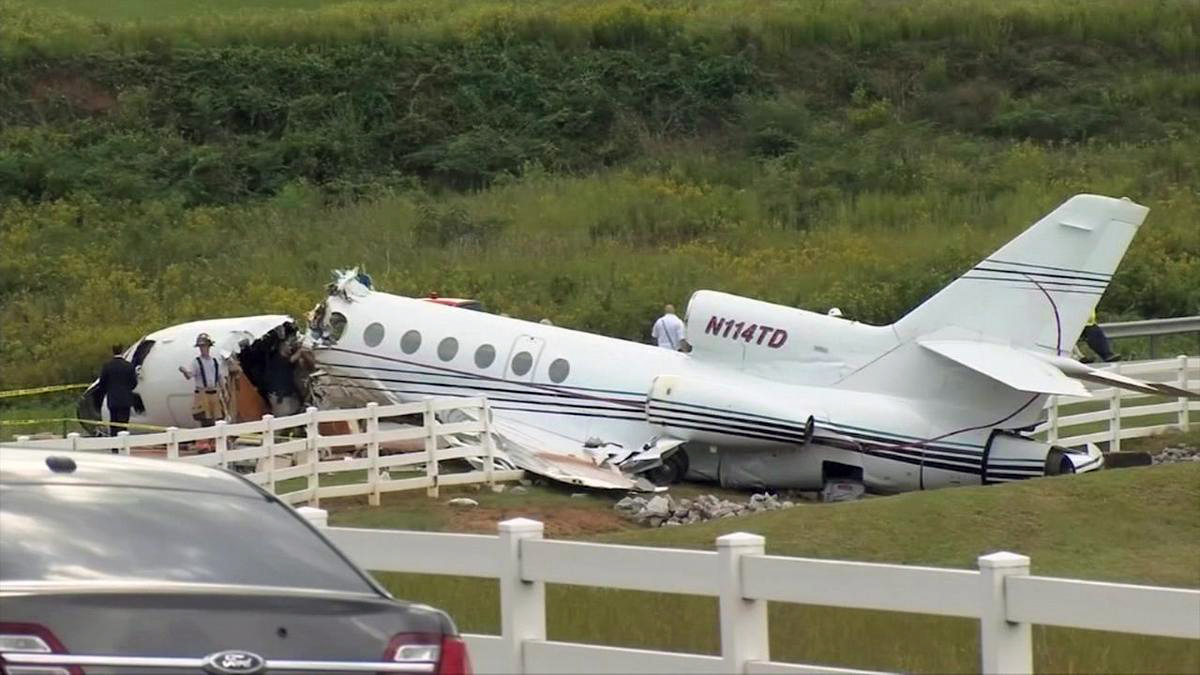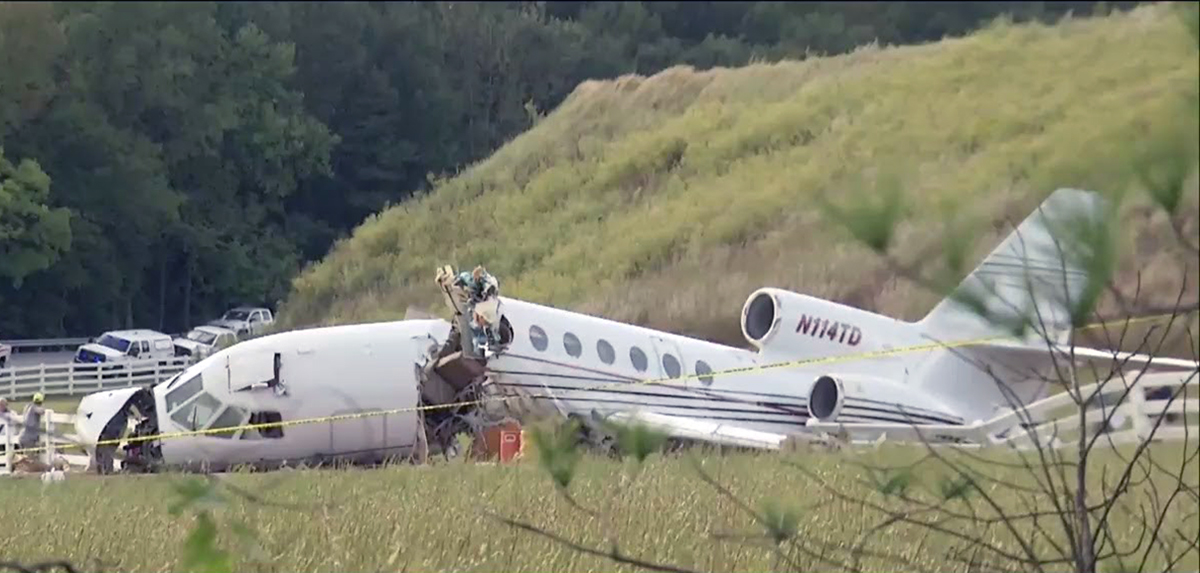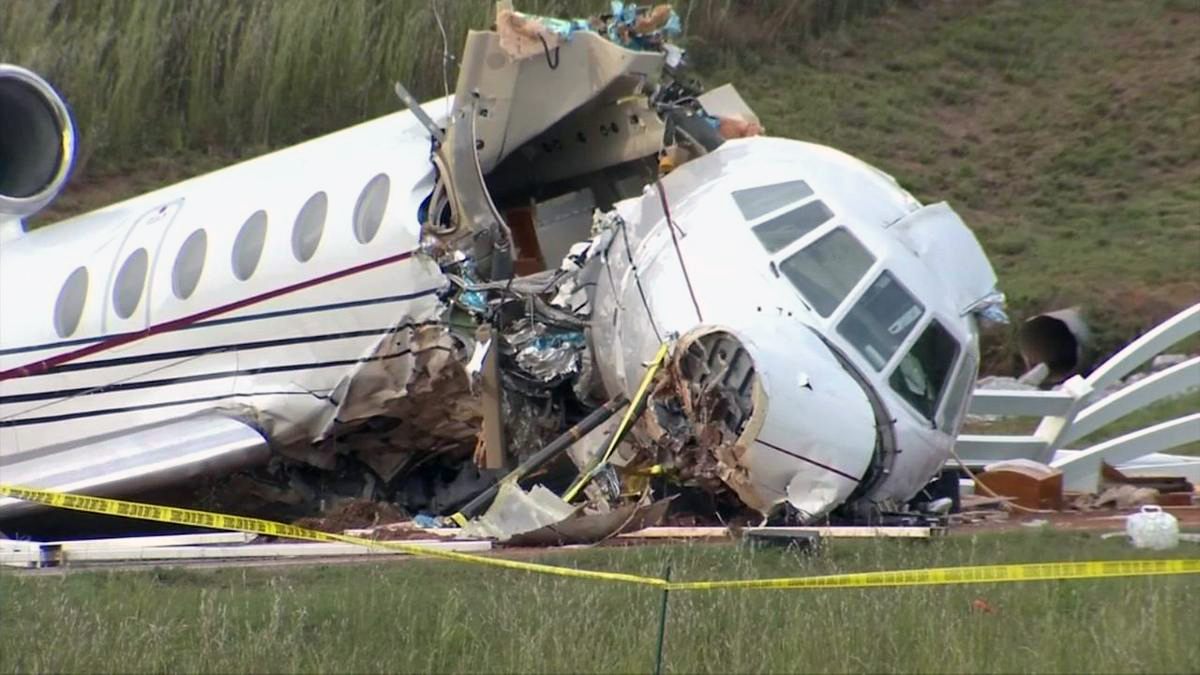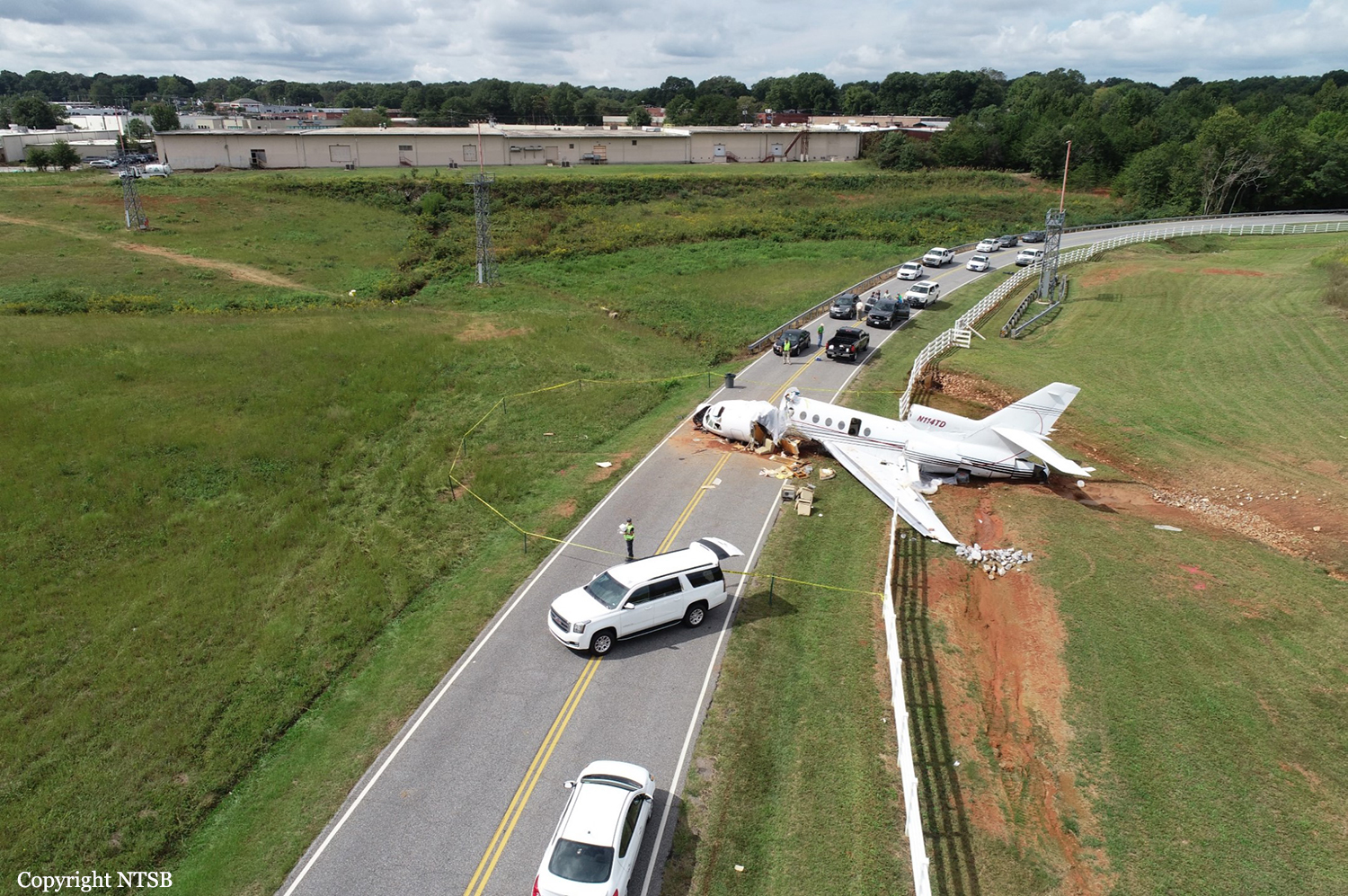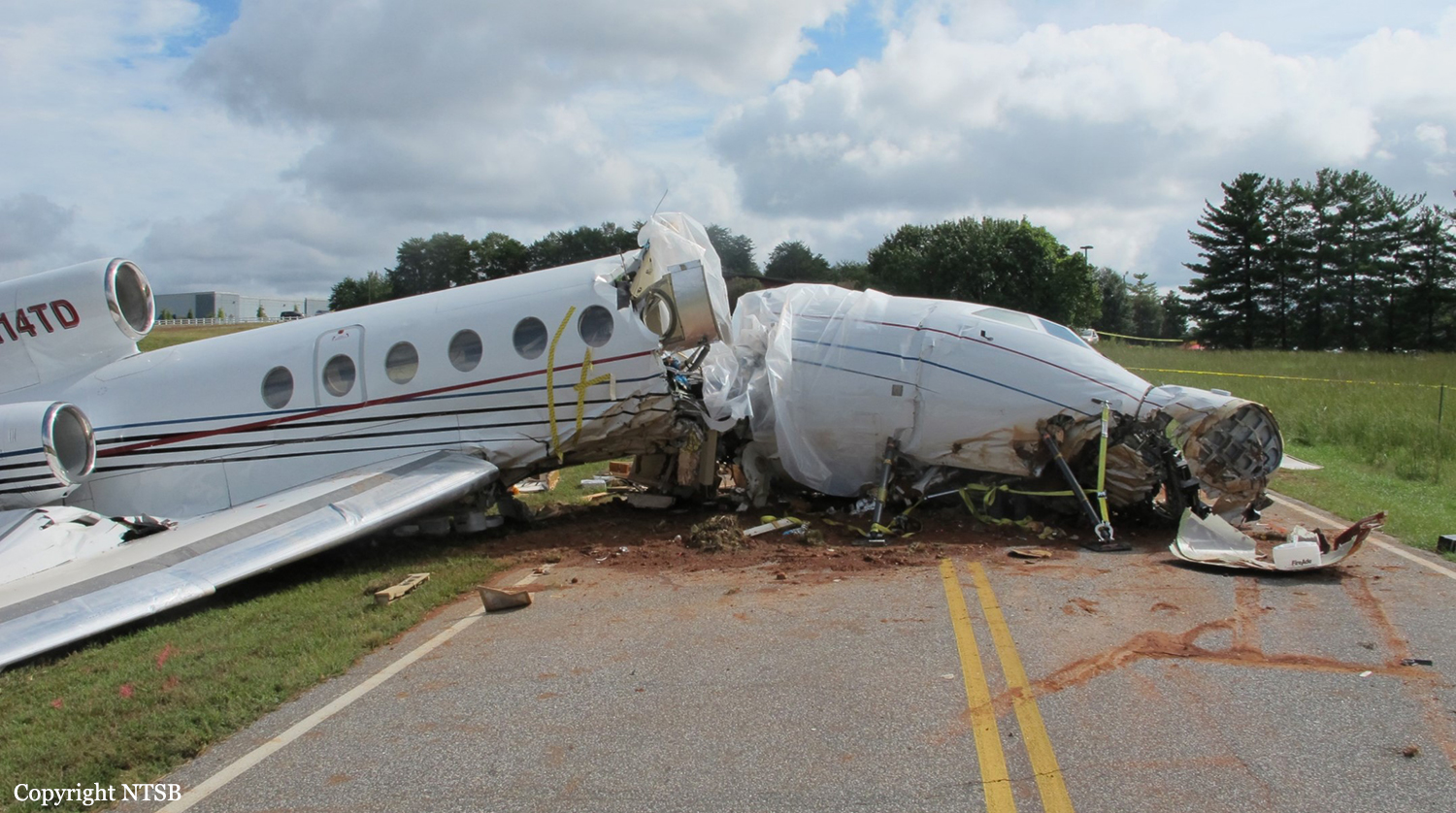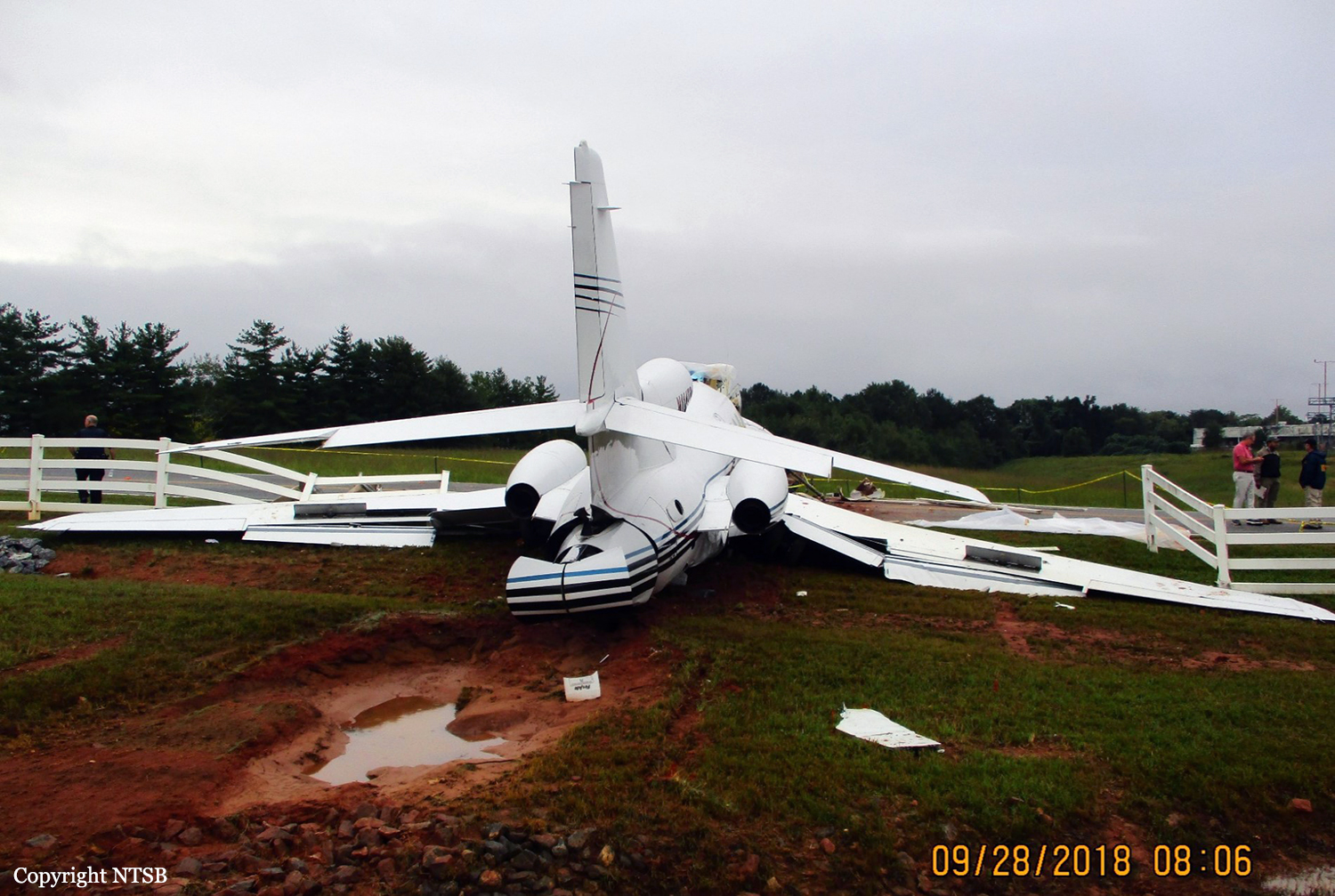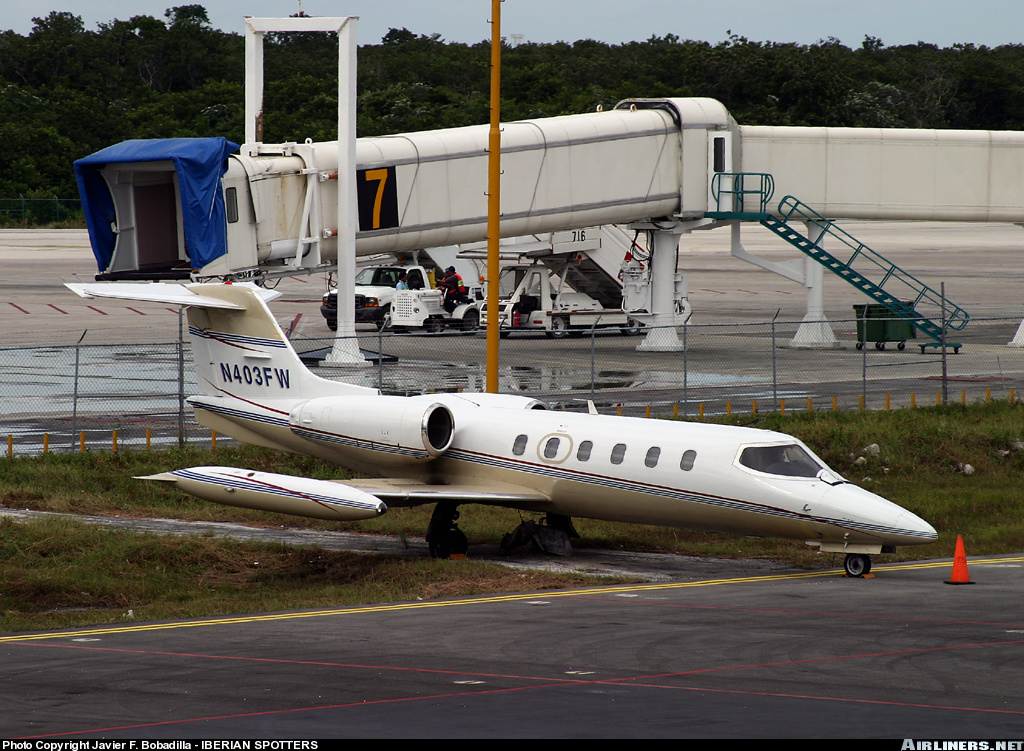Crash of a Dassault Falcon 50 in Greenville: 2 killed
Date & Time:
Sep 27, 2018 at 1346 LT
Registration:
N114TD
Survivors:
Yes
Schedule:
St Petersburg - Greenville
MSN:
17
YOM:
1980
Crew on board:
2
Crew fatalities:
Pax on board:
2
Pax fatalities:
Other fatalities:
Total fatalities:
2
Aircraft flight hours:
14002
Circumstances:
The flight crew was operating the business jet on an on-demand air taxi flight with passengers onboard. During landing at the destination airport, the cockpit voice recorder (CVR) recorded the sound of the airplane touching down followed by the pilot's and copilot's comments that the brakes were not operating. Air traffic controllers reported, and airport surveillance video confirmed, that the airplane touched down "normally" and the airplane's thrust reverser deployed but that the airplane continued down the runway without decelerating before overrunning the runway and impacting terrain. Postaccident examination of the airplane's brake system revealed discrepancies of the antiskid system that included a broken solder joint on the left-side inboard transducer and a reversal of the wiring on the right-side outboard transducer. It is likely that these discrepancies resulted in the normal braking system's failure to function during the landing. Before the accident flight, the airplane had been in long-term storage for several years and was in the process of undergoing maintenance to bring the airplane back to a serviceable condition, which in-part required the completion of several inspections, an overhaul of the landing gear, and the resolution of over 100 other unresolved discrepancies. The accident flight and four previous flights were all made with only a portion of this required maintenance having been completed and properly documented in the airplane's maintenance logs. A pilot, who had flown the airplane on four previous flights along with the accident pilot (who was acting as second-in-command during them), identified during those flights that the airplane's normal braking system was not operating when the airplane was traveling faster than 20 knots. He remedied the situation by configuring the airplane to use the emergency, rather than normal, braking system. That pilot reported this discrepancy to the operator's director of maintenance, and it is likely that maintenance personnel from the company subsequently added an "INOP" placard near the switch on the date of the accident. The label on the placard referenced the antiskid system, and the airplane's flight manual described that with the normal brake (or antiskid) system inoperative, the brake selector switch must be positioned to use the emergency braking system. Following the accident, the switch was found positioned with the normal braking system activated, and it is likely that the accident flight crew attempted to utilize the malfunctioning normal braking system during the landing. Additionally, the flight crew failed to properly recognize the failure and configure the airplane to utilize the emergency braking system, or utilize the parking brake, as described in the airplane's flight manual, in order to stop the airplane within the available runway.
Probable cause:
The operator's decision to allow a flight in an airplane with known, unresolved maintenance discrepancies, and the flight crew's failure to properly configure the airplane in a way that would have allowed the emergency or parking brake systems to stop the airplane during landing.
Final Report:
